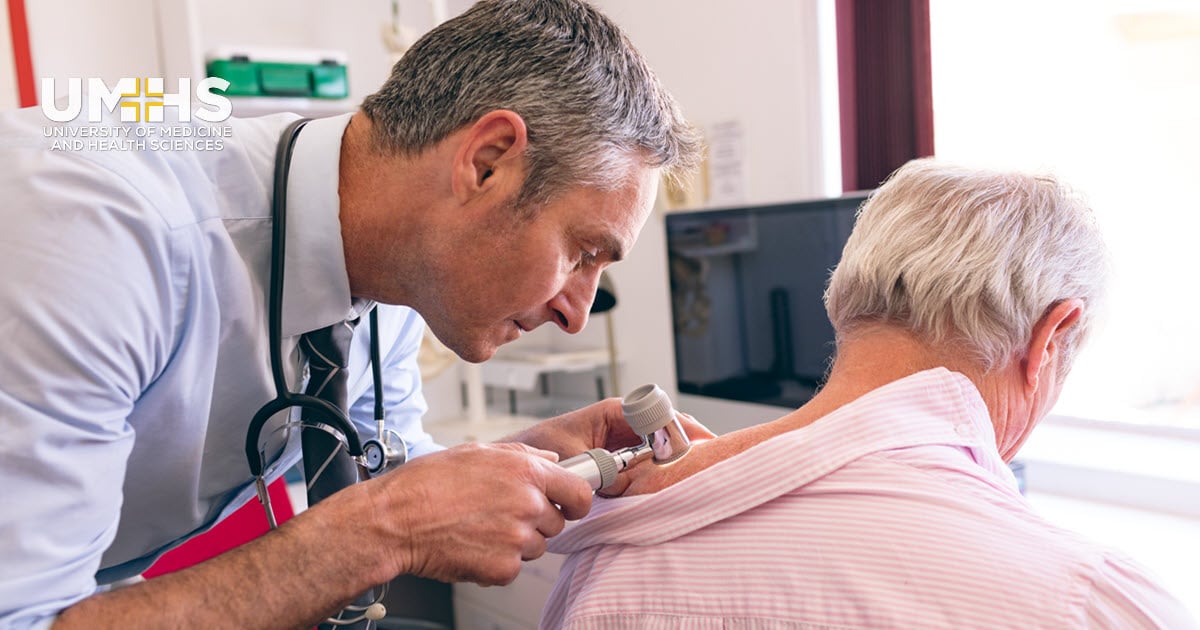Check for the signs of skin cancer to stay proactive about your health.
Check for the signs of skin cancer to stay proactive about your health.
Blog Article
Browsing Skin Cancer Cells Therapy: The Vital Duty of Mohs in Modern Dermatology Practices
Skin cancer cells, a daunting diagnosis, commonly leaves patients grappling with various therapy choices. Amongst these, Mohs surgical procedure stands as a beacon in contemporary dermatology, renowned for its meticulous method to cancer removal and preservation of bordering healthy and balanced tissue. This innovative technique assures not only remarkable cosmetic results however also supplies prompt outcomes, easing individual anxiousness. As we discover the intricacies of this treatment, one will appreciate its crucial function in skin cancer cells treatment.
Comprehending Skin Cancer: Types and Threats
There are three main types of skin cancer cells: Basic cell carcinoma, Squamous cell cancer, and Melanoma. It accounts for only concerning 1% of skin cancer cases however creates the substantial majority of skin cancer cells fatalities. Risk variables include fair skin, history of sunburn, too much sun exposure, living at high elevations or shut to the equator, having lots of moles, a family background of skin cancer, and damaged immune system.
What Is Mohs Surgical treatment and Exactly How It's Changing Skin Cancer Treatment
In spite of the numerous treatments currently available for skin cancer cells, Mohs surgery stands out as a groundbreaking and very reliable solution. Named after Frederic E. Mohs, the physician who created the treatment, Mohs surgical treatment is an accurate medical method made use of to deal with skin cancer cells. Throughout the procedure, thin layers of cancer-containing skin are considerably eliminated and taken a look at until just cancer-free tissue stays. This method enables the specialist to verify that all cancer cells have been removed at the time of surgical procedure. This level of accuracy, integrated with the capacity to spare as much healthy tissue as possible, is revolutionizing skin cancer treatment. Consequently, Mohs surgical treatment has actually ended up being a foundation of contemporary dermatology methods.
The Advantages of Mohs Surgery Over Typical Skin Cancer Cells Therapies
Building on the innovative nature of Mohs surgical treatment, it's important to consider its many advantages over conventional skin cancer cells therapies. look at more info Unlike typical procedures, Mohs supplies a higher treatment rate, commonly getting to 99% for novice therapies and 94% for recurrent cancers. This precision is because of its special approach of gradually eliminating and checking out cells layers until only cancer-free cells stay (mohs surgery). In addition, it lessens damage to healthy skin, causing less scarring and boosted cosmetic end results. Mohs additionally provides instant results, eliminating the anxiety-ridden wait typical with other approaches. It's cost-efficient, as the surgical treatment and tiny evaluation happen simultaneously, getting rid of the need for extra research laboratory services. Thus, Mohs represents a considerable improvement in skin-related practices.
The Treatment of Mohs Surgical Procedure: What to Anticipate During the Refine

Possible Adverse Effects and Post-Operative Treatment of Mohs Surgery
Going through Mohs surgical treatment, like any other medical procedure, includes possible adverse effects that individuals should know. Usual side effects include pain, bruising, and swelling at the surgical treatment website. However, these are normally short-lived and manageable with over the counter discomfort medication and ice packs. In uncommon instances, patients may experience infection, bleeding, or an allergy to the neighborhood anesthetic. Post-operative treatment is crucial to healing and lessening side results. This generally includes keeping the wound clean and dry, taking proposed medicines, and staying clear of arduous tasks. People need to additionally attend all follow-up appointments for wound treatment and surveillance. In some cases, additional therapies might be essential to ensure complete removal of the cancerous cells. Sticking to these post-operative treatment standards can substantially boost recuperation and results.
Verdict

Report this page